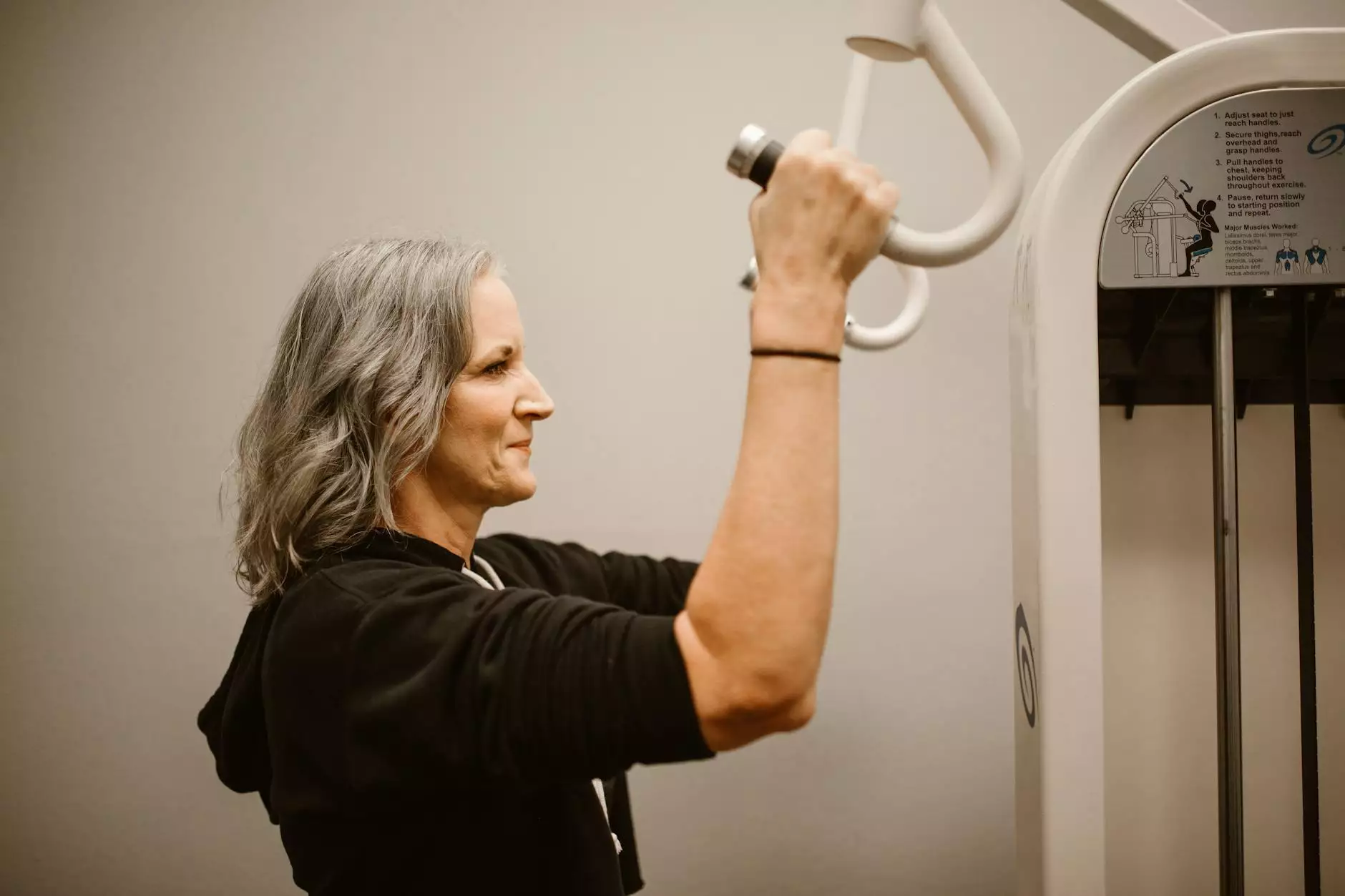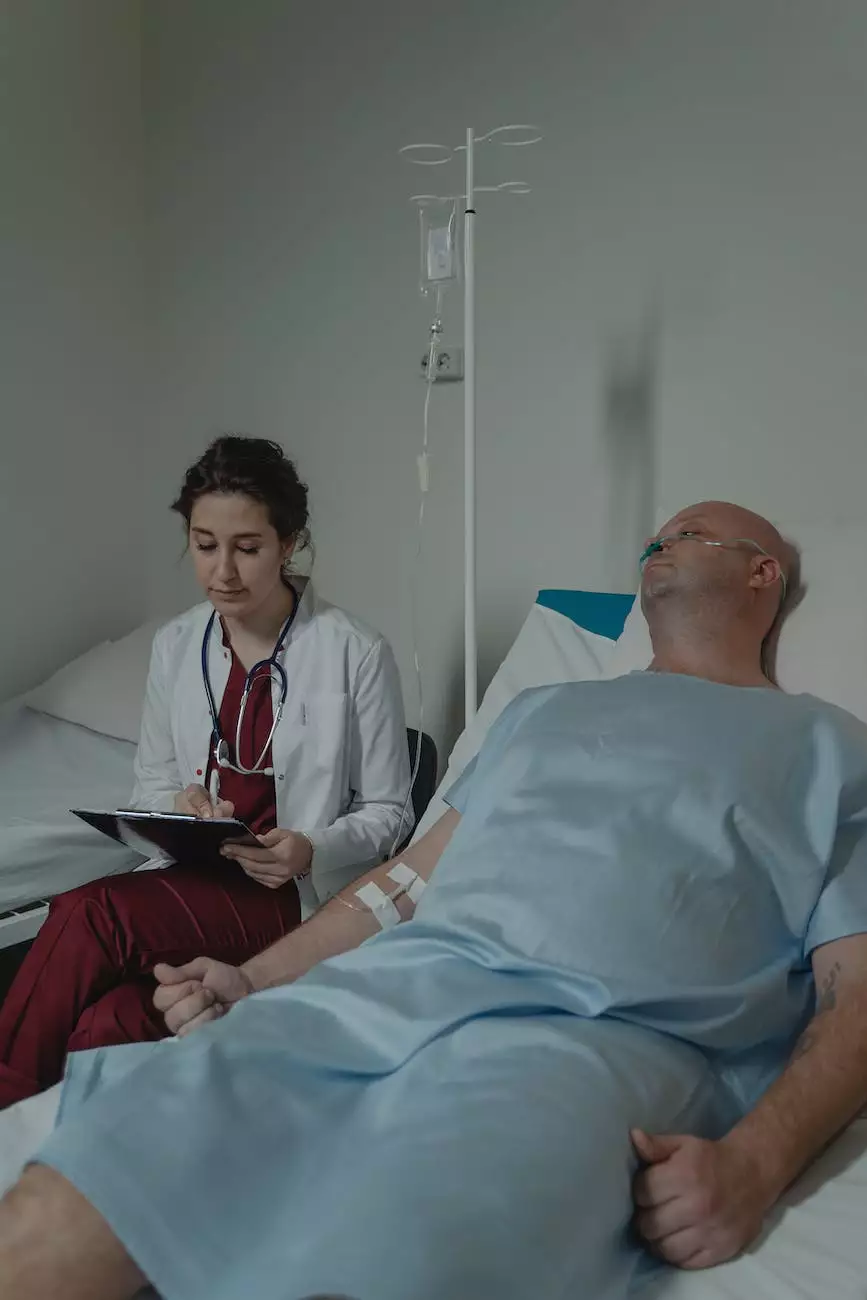How to Minimize Traumatic and Traction Alopecia

Are you struggling with hair loss due to traumatic or traction alopecia? Look no further as Smith, Arthur F, MD, your trusted source for hair loss treatment, is here to guide you through effective methods to minimize these conditions. In this comprehensive article, we will dive into the causes, prevention, and treatment options.
The Causes of Traumatic Alopecia
Traumatic alopecia primarily occurs as a result of hair being pulled, damaged, or tightly styled for extended periods. Common causes include tight hairstyles such as braids, ponytails, weaves, or excessive use of hair accessories like hairpins. It is crucial to understand the impact of these practices on your hair health.
The Causes of Traction Alopecia
In contrast to traumatic alopecia, traction alopecia is caused by the repeated application of force to the hair and scalp. This force disrupts hair follicles, leading to hair loss. Common causes of traction alopecia include wearing tight hats, helmets, and headgear or consistently using tightly-fitted hair extensions and hairpieces.
Preventing Traumatic and Traction Alopecia
Prevention is key when it comes to traumatic and traction alopecia. By adopting simple yet effective hair care practices, you can minimize the risk of experiencing these conditions.
1. Avoid Tight Hairstyles
Opt for looser hairstyles that do not exert excessive tension on the hair shaft and scalp. This allows your hair to breathe and reduces the likelihood of hair loss.
2. Limit the Use of Hair Accessories
While hairpins, clips, and other accessories can enhance your hairstyle, it's essential to avoid overusing them or pulling your hair too tightly. Gentle handling and avoiding prolonged stress on your hair are crucial.
3. Be Mindful of Hair Extensions and Hairpieces
If you enjoy using hair extensions or hairpieces, ensure that they are not overly tight, and give your hair regular breaks from them. This minimizes the chances of traction alopecia developing.
4. Opt for Natural Hairstyling Products
Using natural hair care products can help maintain healthy hair. Avoid chemical-laden products that may contribute to hair damage and fragility, worsening the risk of traumatic and traction alopecia.
Treatment Options for Traumatic and Traction Alopecia
If you are already experiencing symptoms of traumatic or traction alopecia, know that there are treatment options available to restore and promote hair growth. At Smith, Arthur F, MD, we offer the following treatments:
1. Platelet-Rich Plasma (PRP) Therapy
PRP therapy is a non-surgical procedure that utilizes platelets from your blood to stimulate hair growth. This treatment promotes natural healing processes and can be highly effective in regenerating hair follicles affected by traumatic and traction alopecia.
2. Laser Hair Therapy
Laser hair therapy is a safe and painless treatment that uses low-level laser light to stimulate hair growth. It increases blood flow to the scalp, rejuvenating hair follicles and promoting healthier hair.
3. Medications and Topical Treatments
Depending on the severity of your condition, medications such as minoxidil or topical treatments may be recommended to slow down further hair loss and encourage hair regrowth. Our team of experts will assess your individual needs and provide you with a tailored treatment plan.
4. Hair Transplantation
In severe cases where there is significant hair loss, hair transplantation may be considered. This procedure involves transferring healthy hair follicles from other areas of the body to the affected scalp, providing long-lasting and natural-looking results.
Consult with Smith, Arthur F, MD for Effective Hair Loss Treatment
If you are seeking professional guidance and the best treatment options for traumatic and traction alopecia, Smith, Arthur F, MD is your go-to resource. With our expertise in hair loss treatment, we can help you restore your hair and regain your confidence. Contact us today to schedule a consultation.
Conclusion
Traumatic and traction alopecia can be distressing, but with the right knowledge and preventative measures, you can minimize their impact on your hair health. By following the tips provided and seeking professional treatment when necessary, you can promote hair growth and prevent further hair loss. Remember, Smith, Arthur F, MD is here to support you on your journey to healthy hair.










